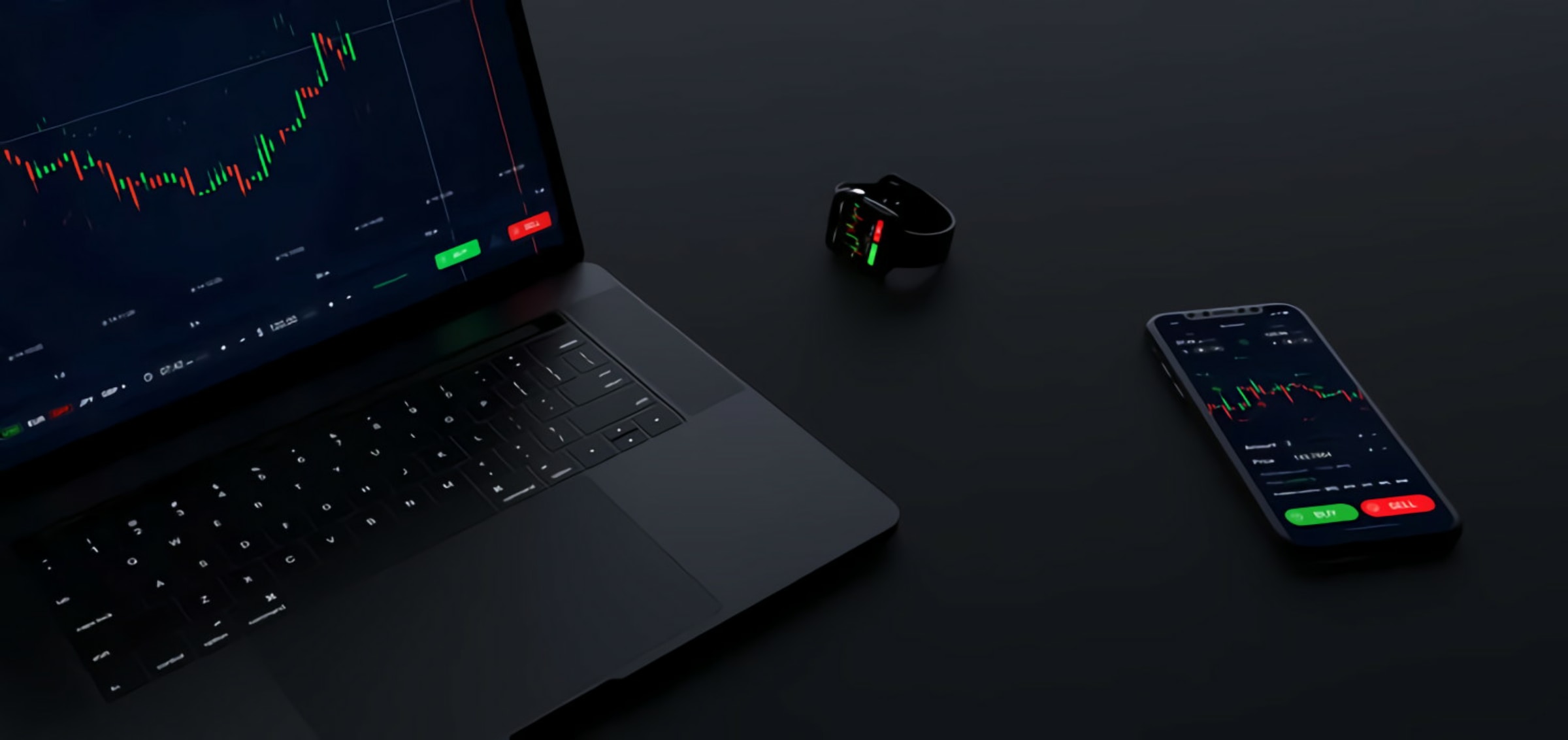Trading Credit Spreads: A Comprehensive Guide to Generating $1000 Weekly Income
Introduction:
A credit spread is an advanced options trading strategy that allows traders to harness the power of time decay and implied volatility to generate consistent income. While there are various types of credit spreads, the basic concept remains the same: the trader sells an option while simultaneously purchasing another option with a similar expiration date and underlying security. In this comprehensive guide, we will delve into the intricacies of trading credit spreads, discuss an example strategy for generating $1000 per week, and highlight the risks, rewards, and entry points associated with this approach.
Table of Contents:
- Understanding Credit Spreads
1.1. What is a Credit Spread?
1.2. Types of Credit Spreads
1.3. Advantages and Disadvantages - Key Concepts in Trading Credit Spreads
2.1. Time Decay
2.2. Implied Volatility
2.3. Delta and Theta - Example Strategy: The Weekly Iron Condor
3.1. Strategy Overview
3.2. Selecting the Right Underlying Security
3.3. Choosing the Proper Strike Prices and Expiration Dates
3.4. Risk and Reward
3.5. Entry and Exit Points - Money Management and Portfolio Considerations
4.1. Position Sizing
4.2. Diversification
4.3. Risk Management - Frequently Asked Questions About Credit Spreads
- Conclusion
- Understanding Credit Spreads
1.1. What is a Credit Spread?
A credit spread is an options trading strategy where a trader sells a high-premium option while simultaneously buying a lower-premium option on the same underlying security. The difference between the premiums received and paid results in a net credit, which is the trader’s maximum profit. To maximize returns, the trader aims to close the position at a lower price than the initial credit received.
1.2. Types of Credit Spreads
There are two primary types of credit spreads: the bull put spread and the bear call spread. A bull put spread involves selling a put option while buying another put option with a lower strike price. This strategy is used when a trader believes the underlying security’s price will rise. Conversely, a bear call spread involves selling a call option while buying another call option with a higher strike price, which is employed when a trader believes the underlying security’s price will fall.
1.3. Advantages and Disadvantages
Credit spreads offer several advantages, including:
- Limited risk: The maximum loss is limited to the difference between the strike prices of the options, minus the credit received.
- Income generation: The strategy allows traders to collect premium income without needing significant price movement in the underlying security.
- Flexibility: Credit spreads can be adapted for bullish, bearish, or neutral market conditions.
However, there are also drawbacks:
- Limited profit potential: The maximum profit is capped at the net credit received.
- Margin requirements: Selling options typically requires margin, which can tie up capital.
- Complexity: Credit spreads are advanced strategies that require a solid understanding of options trading.
-
Key Concepts in Trading Credit Spreads
2.1. Time Decay
Time decay, or theta, refers to the decrease in an option’s value as it approaches its expiration date. All options lose value over time, and this effect is more pronounced for out-of-the-money options. Time decay is a critical component of credit spread strategies, as the goal is to have the options expire worthless, allowing the trader to keep the full premium received.
2.2. Implied Volatility
Implied volatility (IV) represents the market’s expectation of future price fluctuations for a given underlying security. Higher IV indicates a higher degree of uncertainty, which translates to higher option premiums. When trading credit spreads, it’s beneficial to sell options when IV is high, as it allows traders to collect larger premiums. However, higher IV also means that the underlying security may experience larger price swings, which can potentially lead to losses.
2.3. Delta and Theta
Delta measures the sensitivity of an option’s price to a change in the underlying security’s price. A positive delta means the option’s price will increase as the underlying security’s price rises, while a negative delta means the option’s price will decrease. For credit spreads, traders generally sell options with a lower delta, as they are less sensitive to price fluctuations and more likely to expire worthless.
Theta measures the sensitivity of an option’s price to the passage of time. Time decay accelerates as the option approaches expiration, which benefits credit spread traders since they aim for the options they sold to expire worthless. Traders should be mindful of theta when choosing the expiration dates for their credit spreads.
-
Example Strategy: The Weekly Iron Condor
3.1. Strategy Overview
The iron condor is a neutral options trading strategy that consists of two credit spreads: a bull put spread and a bear call spread. The goal is to profit from the underlying security’s price remaining within a specific range until the options expire.
3.2. Selecting the Right Underlying Security
Choose a liquid security with options that have tight bid-ask spreads to minimize transaction costs. Ideally, select a security with high implied volatility, as this can result in larger premiums.
3.3. Choosing the Proper Strike Prices and Expiration Dates
To establish an iron condor, sell out-of-the-money put and call options, then simultaneously buy further out-of-the-money put and call options. The chosen strike prices should reflect the trader’s expectation of the underlying security’s price range. Weekly options can provide more opportunities to collect premium income, but they may require closer monitoring and management due to the faster time decay.
3.4. Risk and Reward
The maximum profit for an iron condor is the net credit received. The maximum loss is the difference between the strike prices of the options minus the net credit. The probability of profit can be increased by selecting strike prices further away from the current price of the underlying security, but this will result in lower premiums.
3.5. Entry and Exit Points
Enter an iron condor when implied volatility is high, and time decay is working in your favor. Monitor the position and consider closing it when the net credit has decreased by a predetermined percentage (e.g., 50% or 75%). This helps lock in profits and minimize losses.
-
Money Management and Portfolio Considerations
4.1. Position Sizing
Position sizing is critical for managing risk when trading credit spreads. Allocate only a small percentage of your total trading capital to each credit spread trade, and adjust position sizes based on the maximum potential loss.
4.2. Diversification
Diversify credit spread trades across different underlying securities and sectors to mitigate risk. This approach helps to minimize the impact of a single security’s adverse price movement on your portfolio.
4.3. Risk Management
Use stop-loss orders or contingent orders to limit losses on credit spread trades. Continuously monitor positions and adjust as needed to protect profits and reduce risk.
-
Frequently Asked Questions About Credit Spreads
This section would address common questions and concerns about credit spreads, such as:
- How much capital do I need to start trading credit spreads?
- How do I choose the best options broker for trading credit spreads?
- What are the tax implications of trading credit spreads?
5.1. How much capital do I need to start trading credit spreads?
The capital required to start trading credit spreads varies depending on your broker’s margin requirements and the specific options involved. However, a minimum of $5,000 to $10,000 is generally recommended to accommodate margin requirements, position sizing, and diversification.
5.2. How do I choose the best options broker for trading credit spreads?
When selecting an options broker, consider factors such as commissions, trading platform features, ease of use, research tools, and customer support. Additionally, ensure the broker supports the specific credit spread strategies you plan to employ.
5.3. What are the tax implications of trading credit spreads?
The tax treatment of credit spread trading depends on your country’s tax laws and regulations. In the United States, for example, options trades are generally subject to short-term capital gains tax rates if held for less than one year. Consult a tax professional to determine the specific tax implications of credit spread trading for your situation.
-
Conclusion
Trading credit spreads can be a profitable way to generate consistent income in various market conditions. By understanding key concepts such as time decay, implied volatility, and delta, traders can design and implement strategies like the Weekly Iron Condor to potentially earn $1000 per week. However, it’s crucial to manage risk, diversify, and practice proper position sizing to minimize potential losses.
As with any trading strategy, it’s essential to thoroughly research and paper trade credit spreads before committing real capital. Additionally, continuously refining and adapting your approach will increase the likelihood of long-term success in the dynamic world of options trading.
-
 Elevate your trading game with TradeUI Pro! Enjoy 2 Months when you go yearly!
Elevate your trading game with TradeUI Pro! Enjoy 2 Months when you go yearly! 
